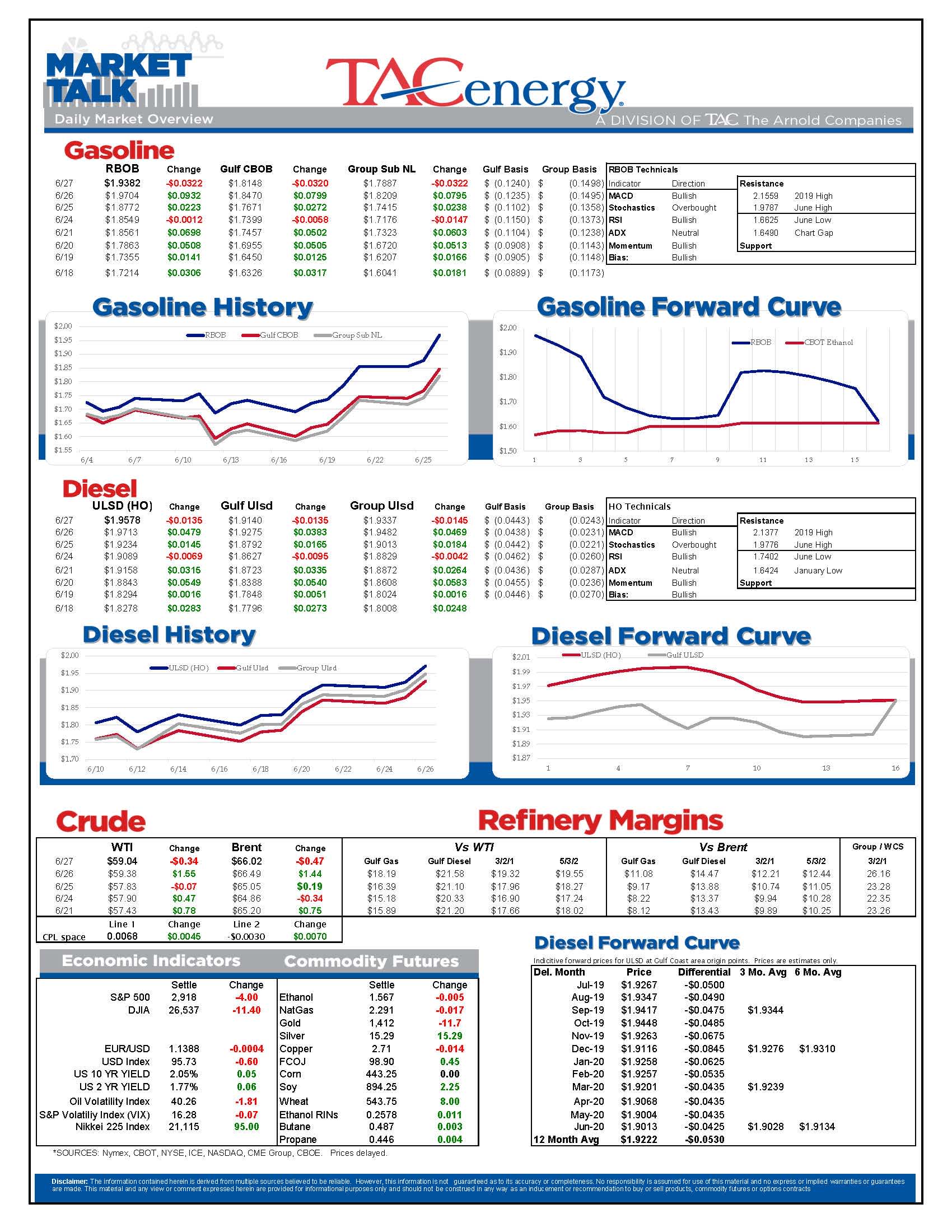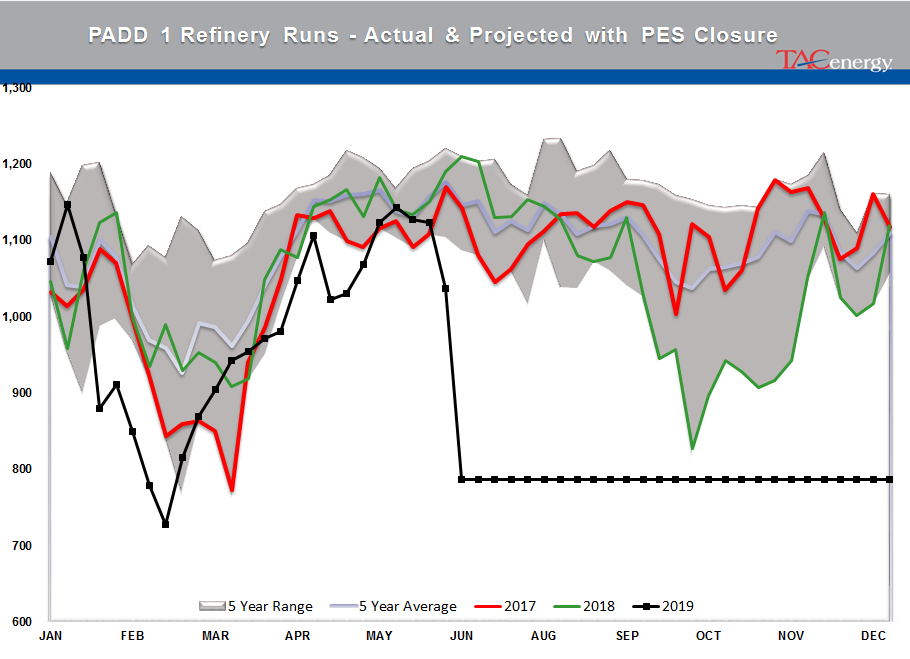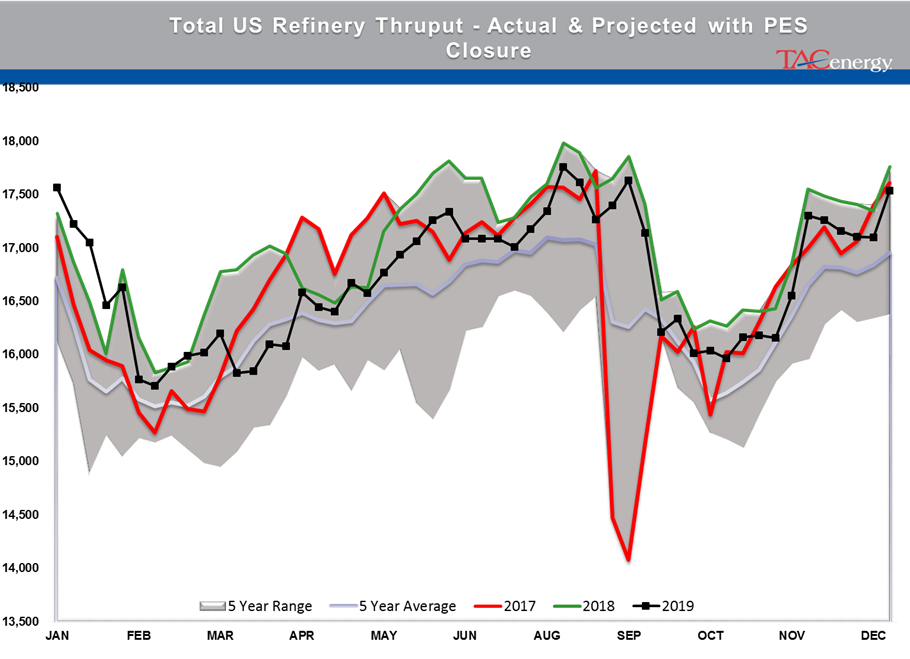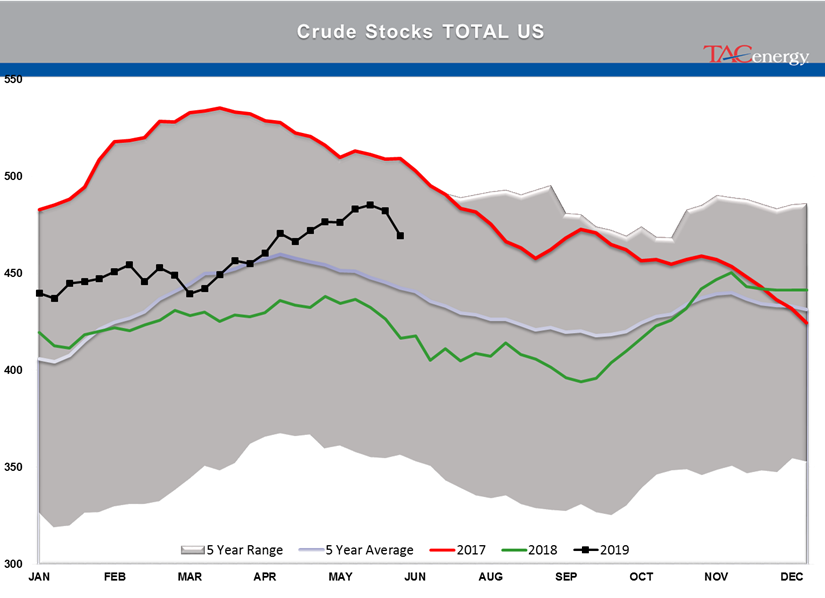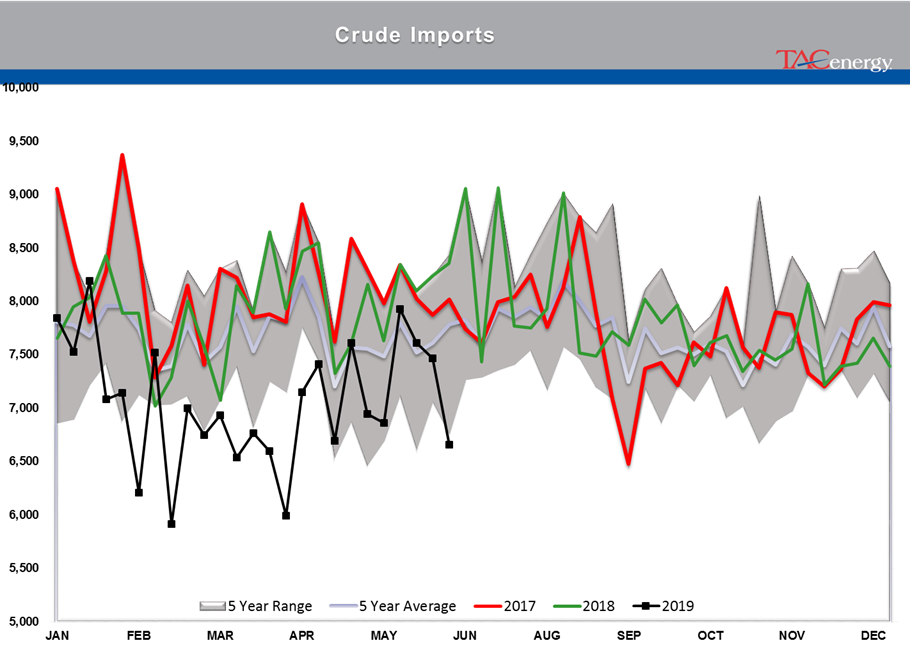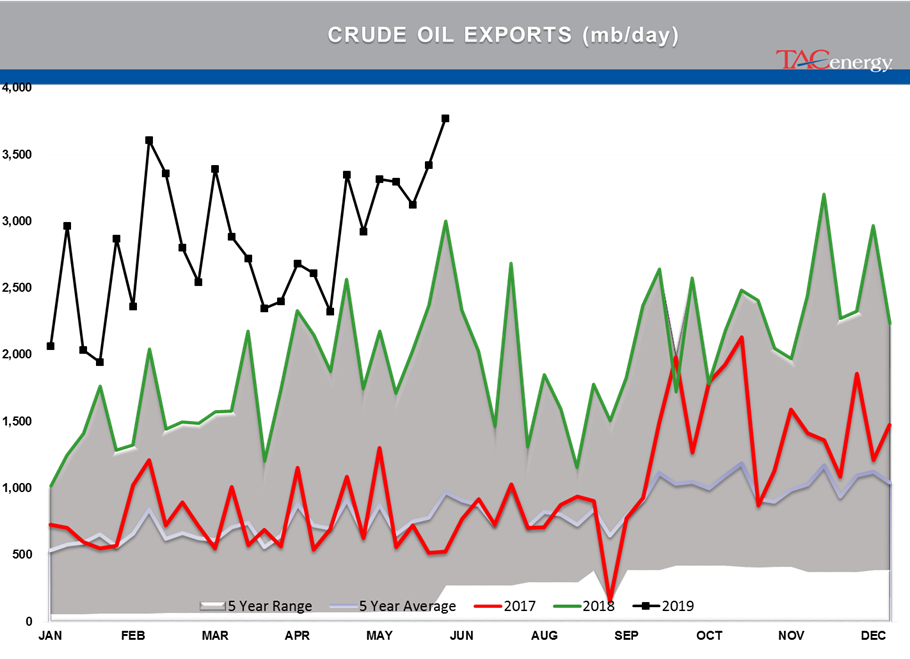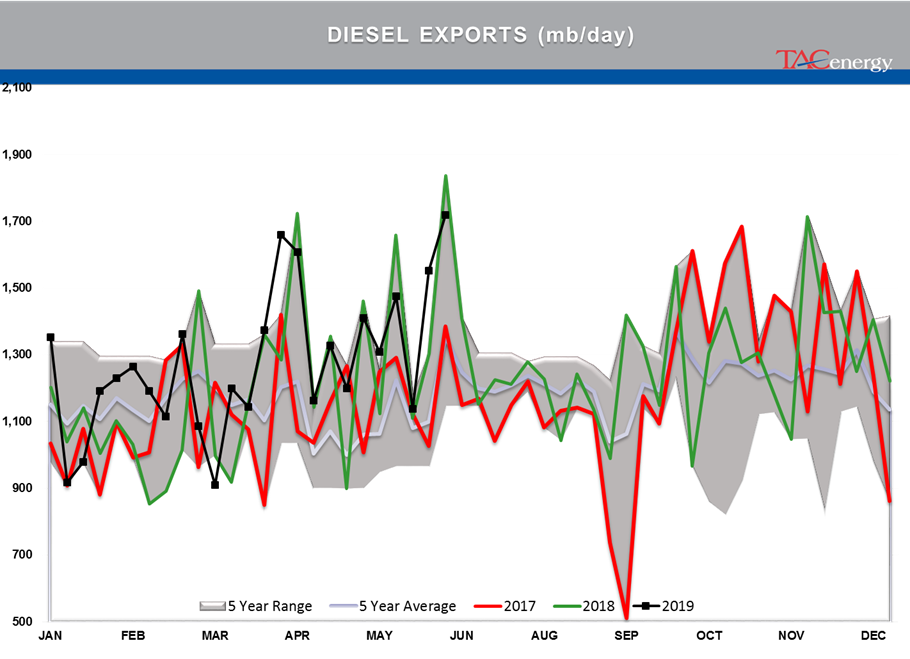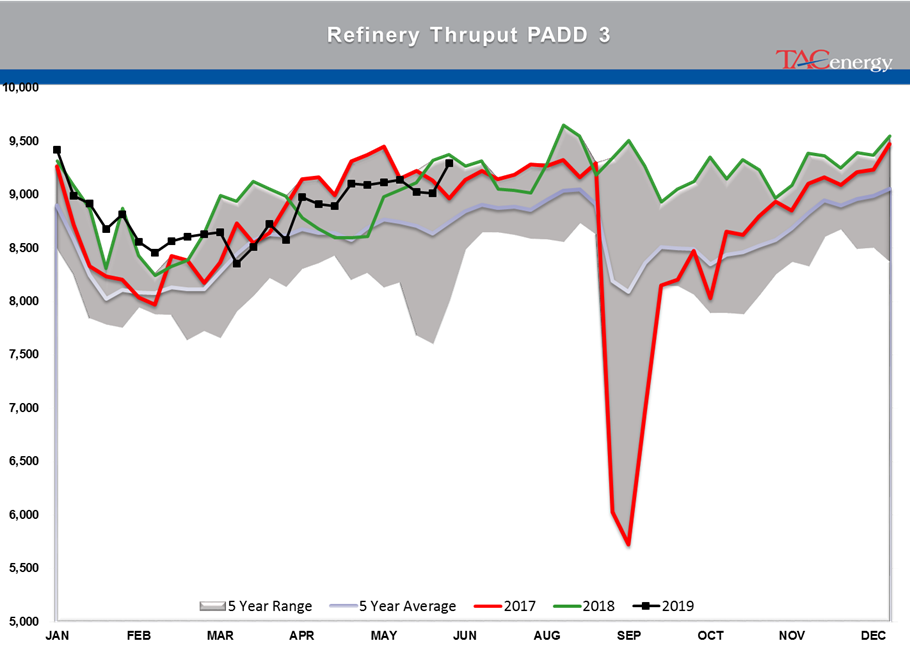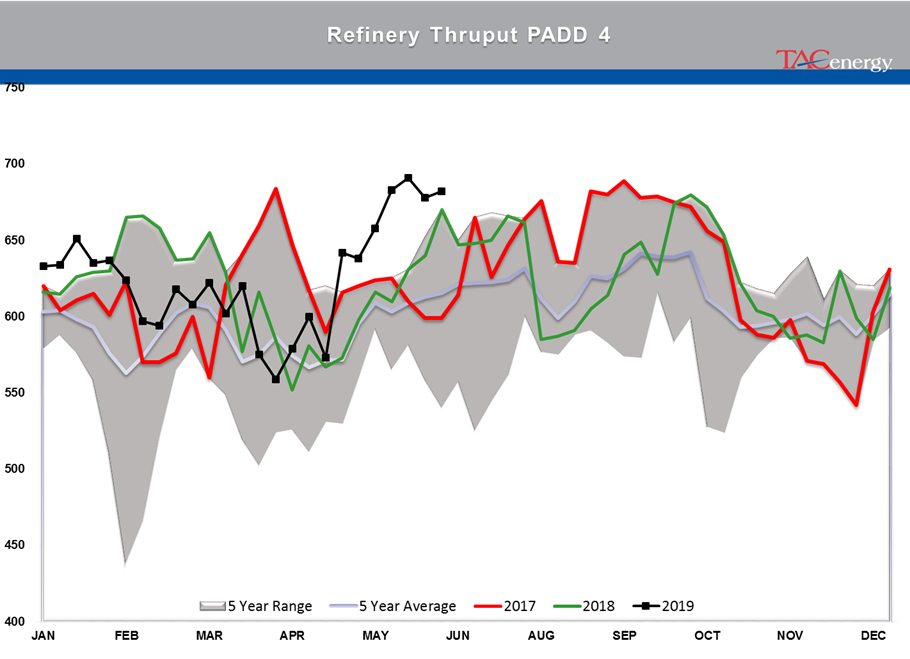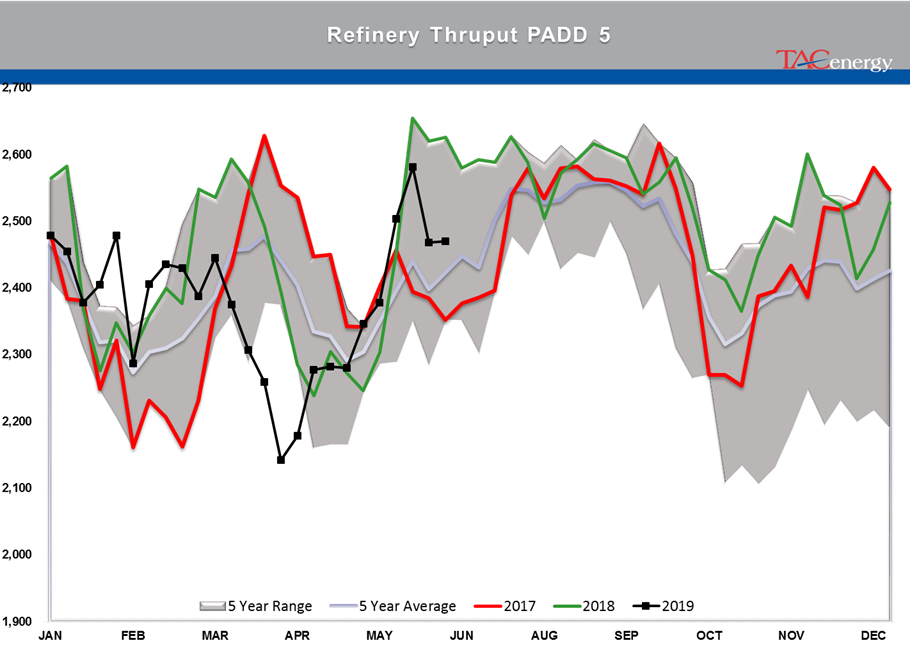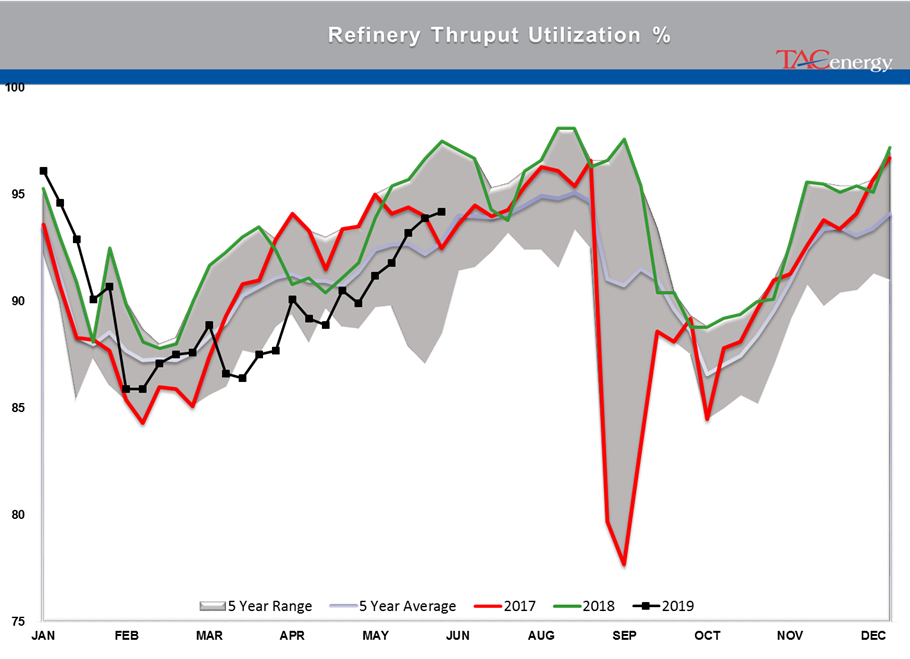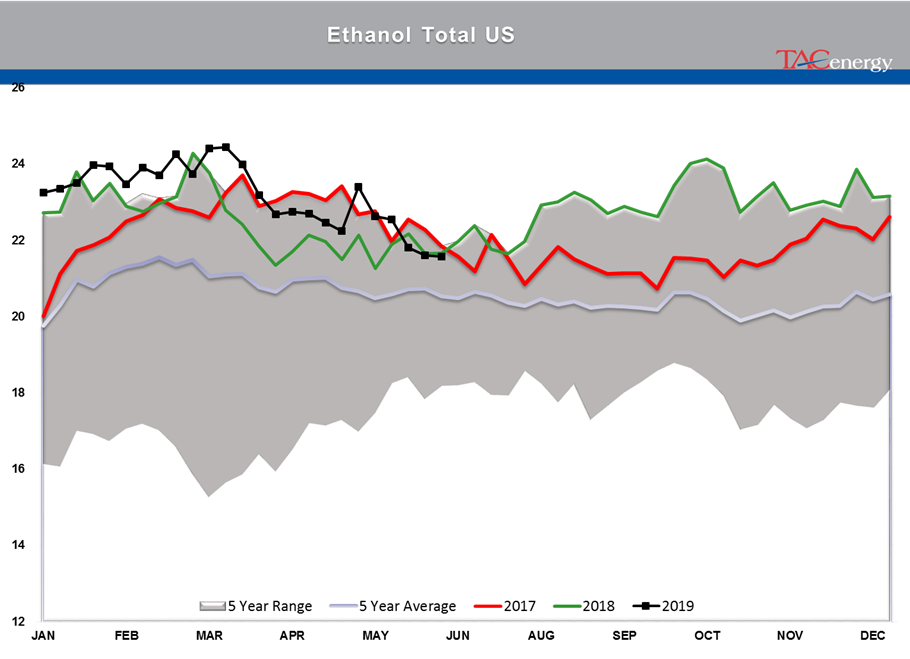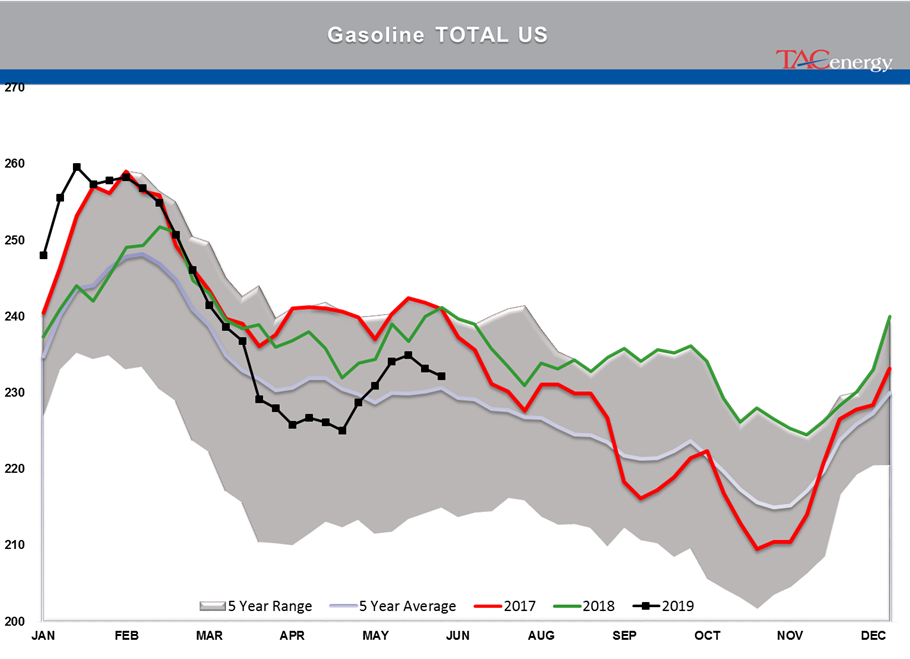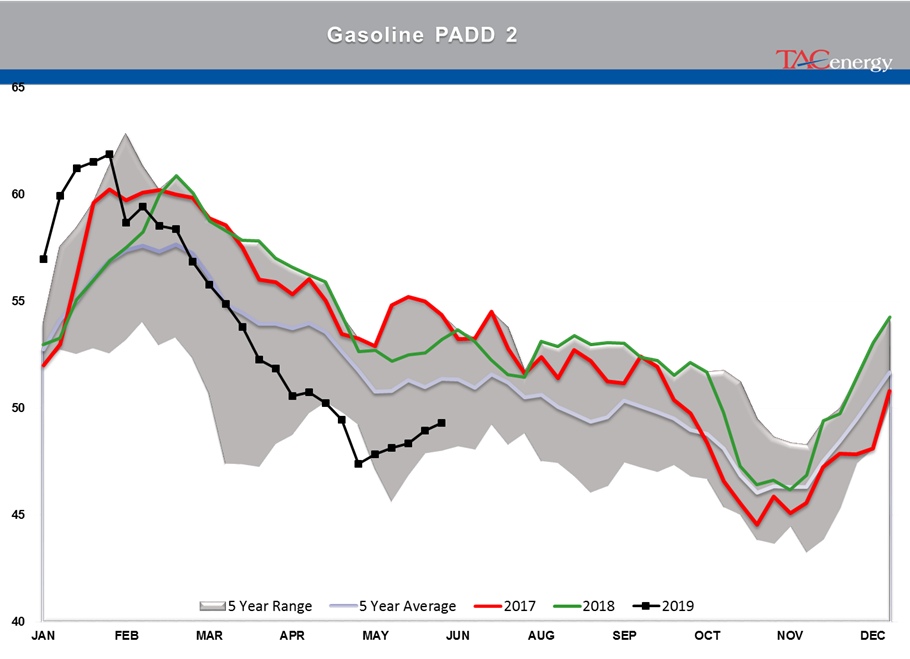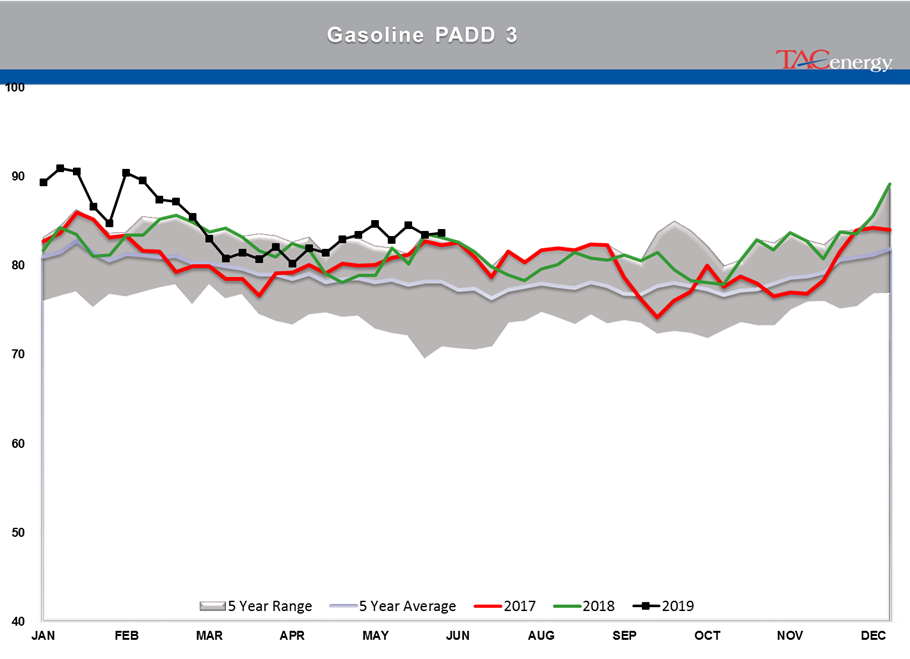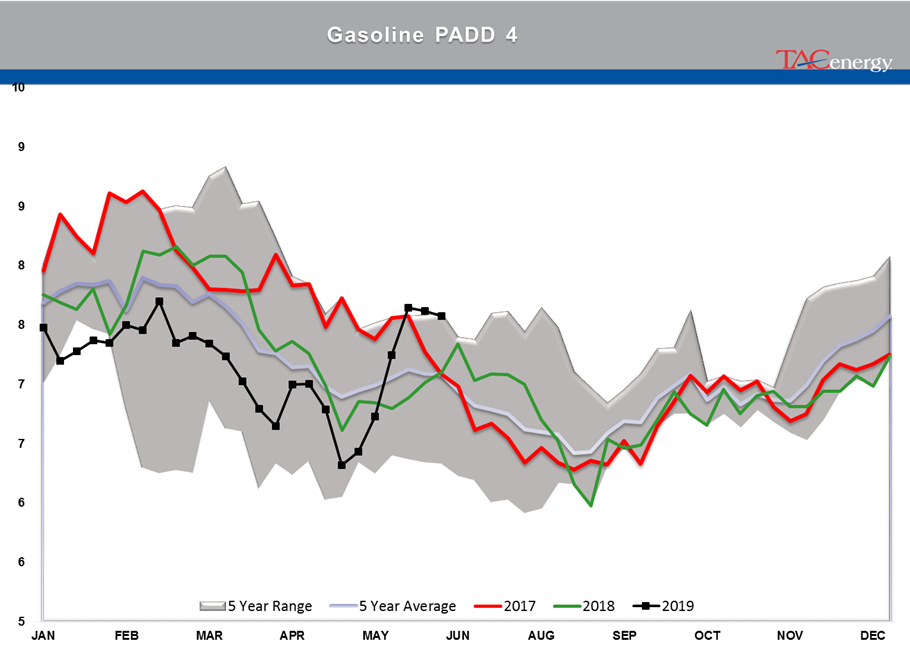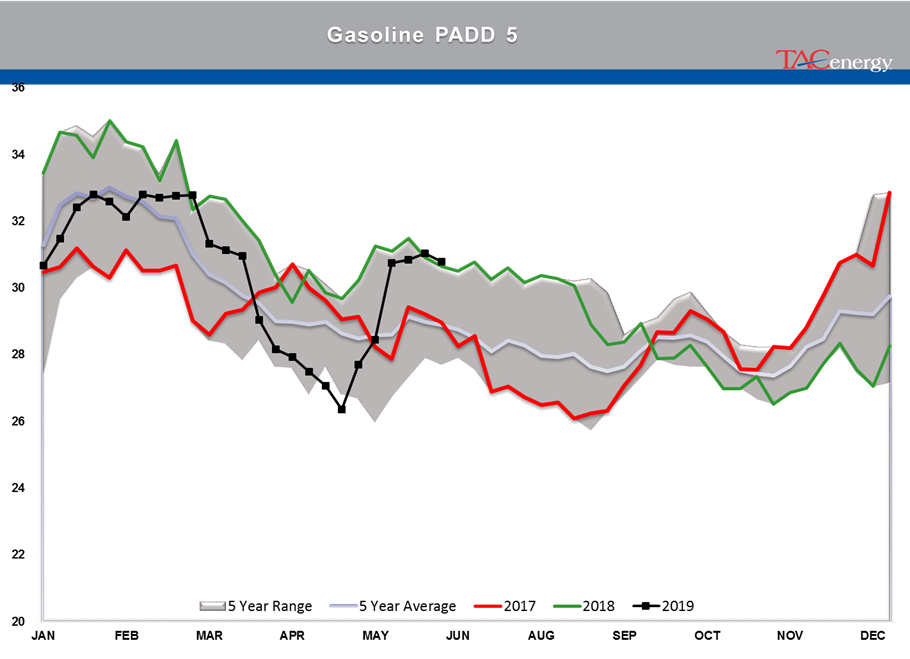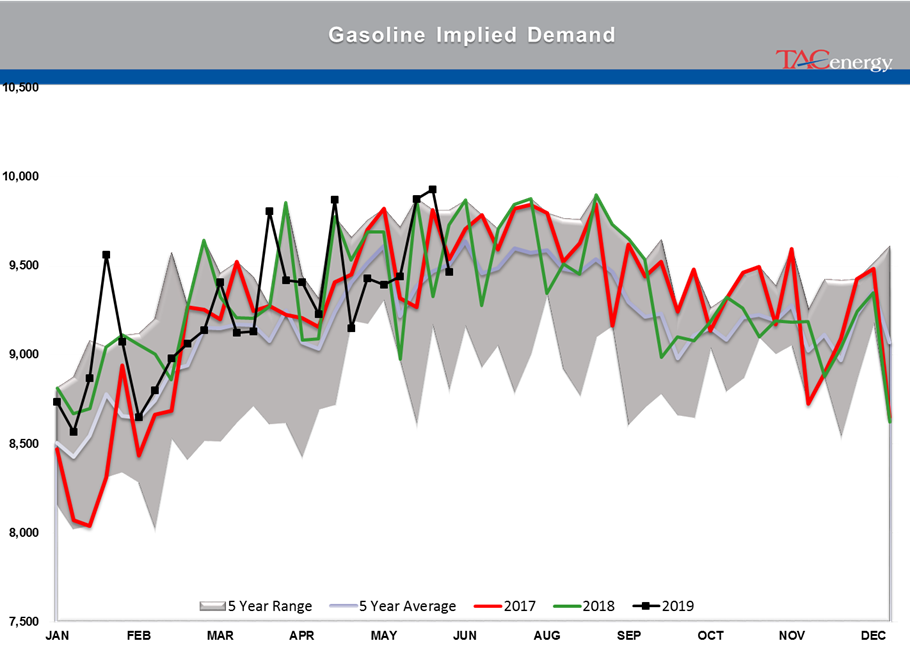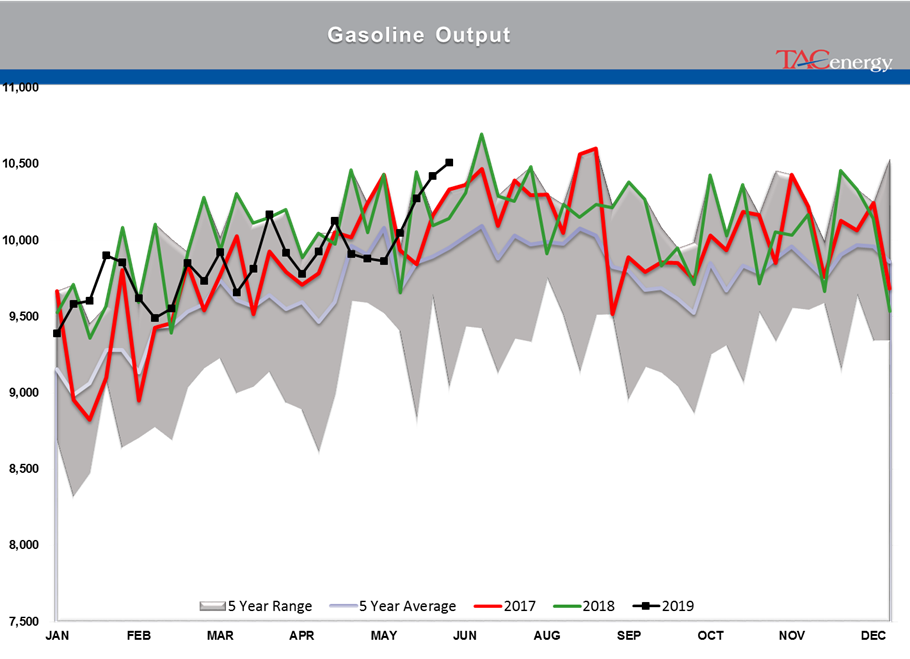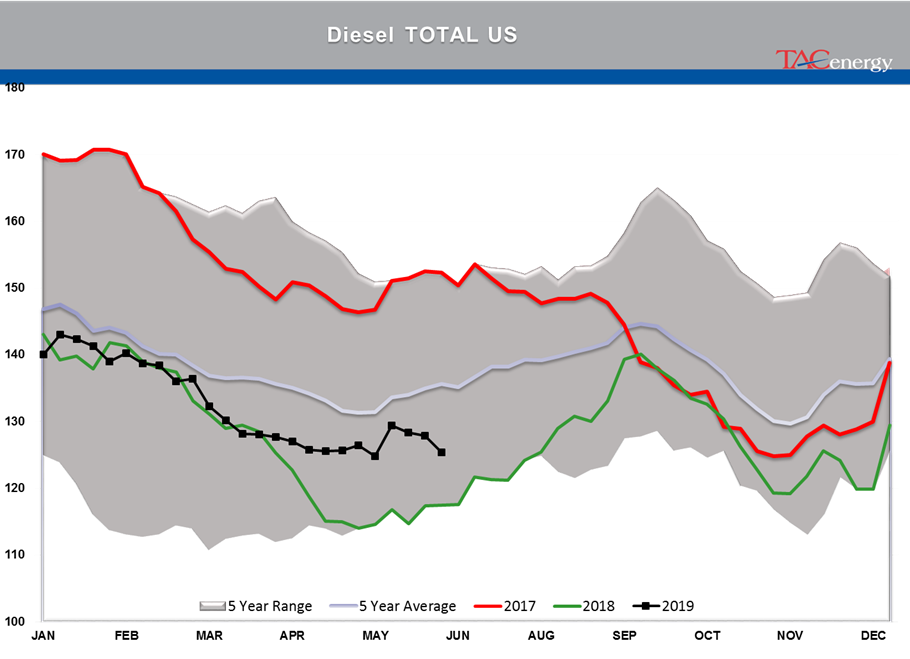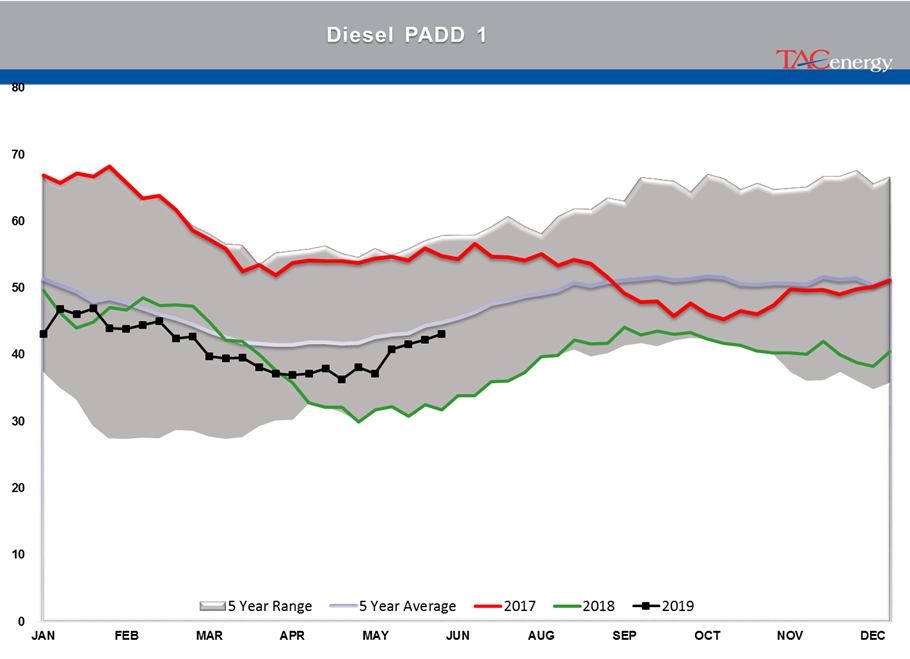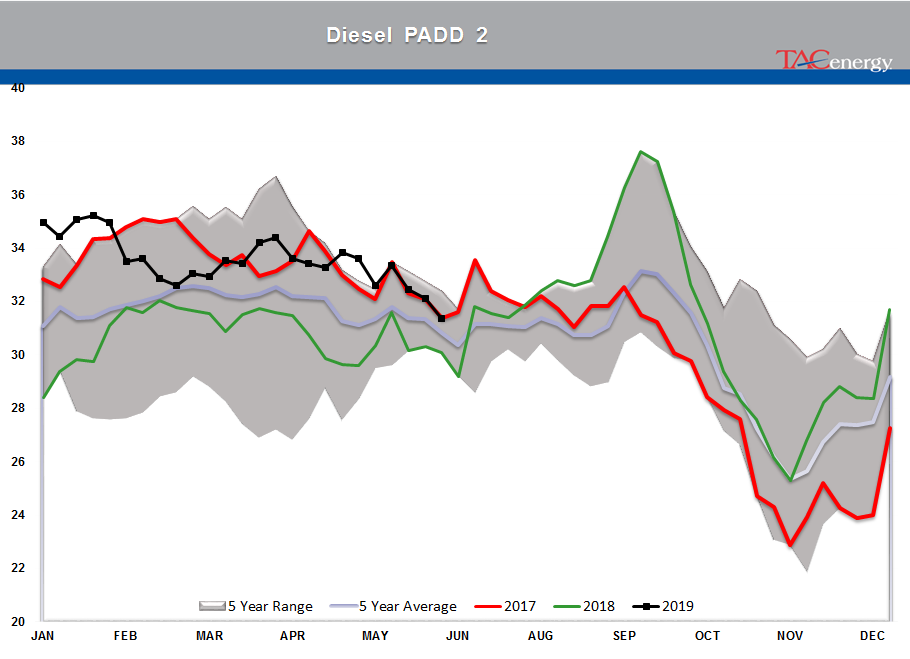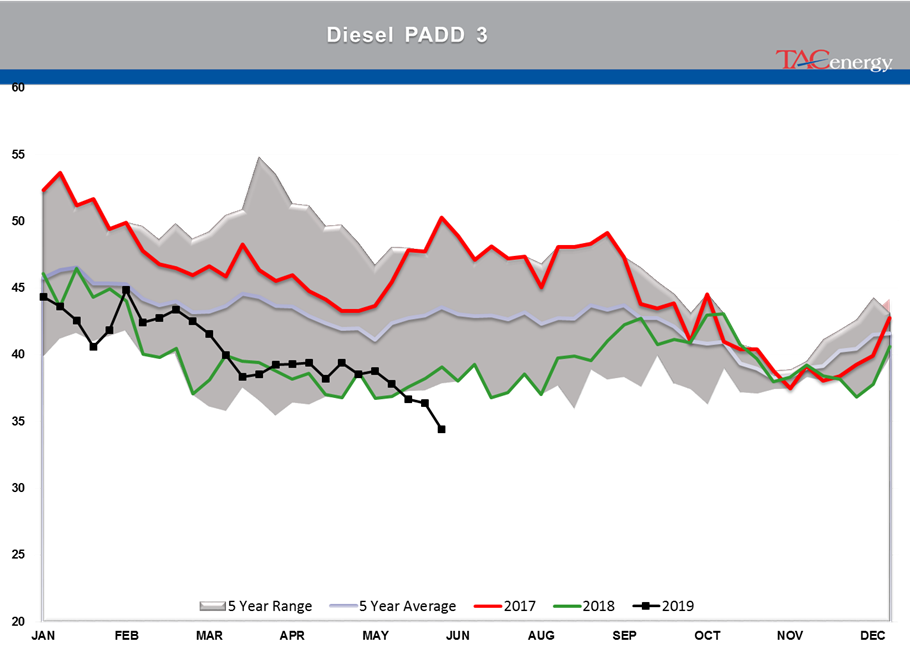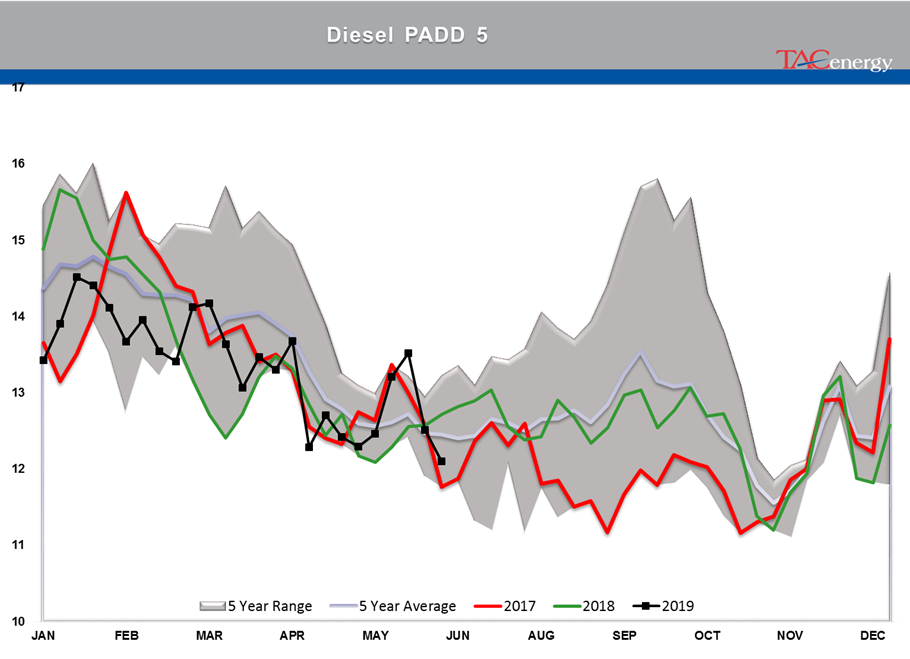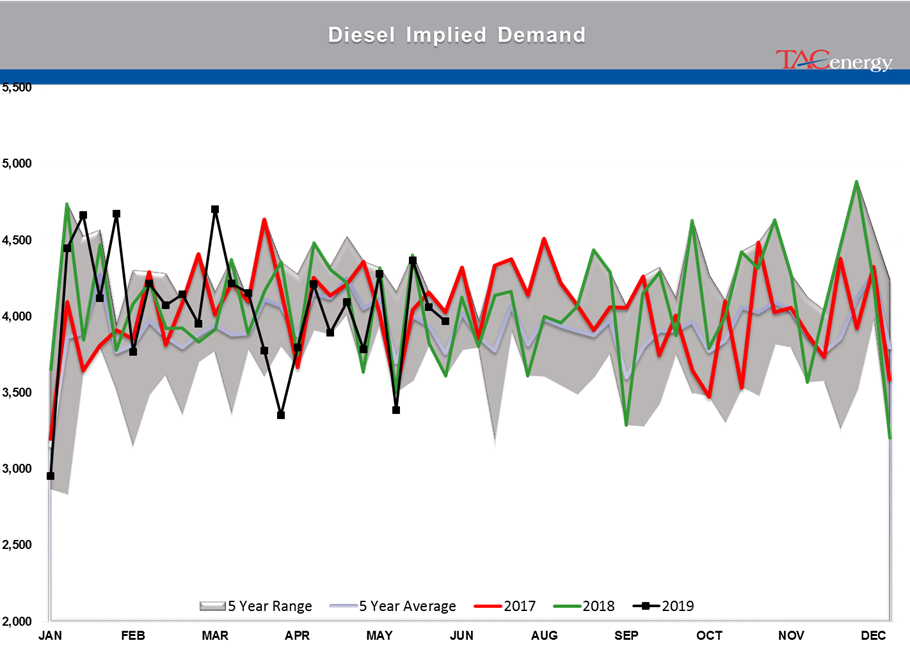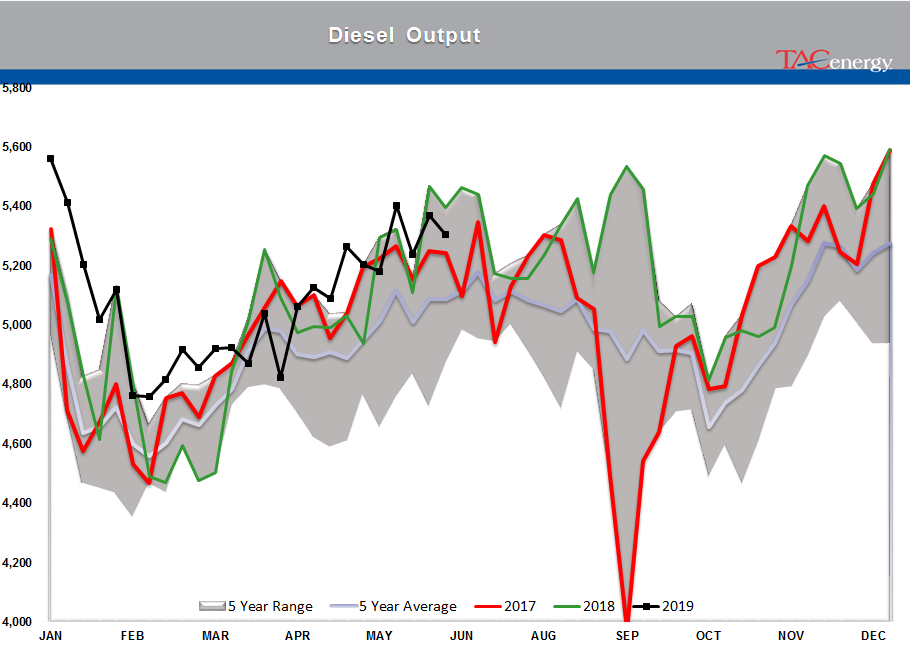Drop In Oil Stocks And A Major Refinery Closure

A large drop in oil stocks and confirmation of a major refinery closure sent the energy complex soaring on Wednesday, but those prices are coming back a bit this morning as a less bullish fundamental picture begins to take shape.
Yesterday’s DOE report – headlined by a huge 12 million barrel decline in crude stocks - came out around the same time as reports that city & company officials were confirming that the PES refinery would be closed down next month.
While futures reacted strongly to the news, with RBOB up a dime at some points during the day, cash markets took the news in stride as it appears the Atlantic basin has enough supply available to fill in the gaps. There is also a sense that the explosions & fire at the refinery only moved up the inevitable closure of that refinery which was already struggling after emerging from bankruptcy last year, handicapped by high operating costs and a lack of favorable crude-buying economics based on its location.
The 12 million barrel drop in crude stocks was the largest weekly decline in nearly 3 years. Domestic production dropped for a 3rd consecutive week, the first such stretch of declines since the last price collapse.
The large decrease can largely be explained by a sharp decline in oil imports along with a strong increase in exports – which reached a new record high of 3.77 million barrels/day last week - making it more likely that we’ll see a correction in the next couple of weeks.
It’s not just oil exports that had a big week, both gasoline and diesel exports saw large increases as refinery production ramped up. Those export figures can go a long way to explaining why the market reaction to the PES news hasn’t been more dramatic, since the US is already producing more refined products than it can consume, this situation becomes one of logistics (shifting Gulf Coast exports to the East Coast) rather than capacity.
Speaking of which, the first two charts below show the historical refinery run rates for PADD 1 (East Coast) and total US, before and after the PES closure. As you can see, there will be a dramatic impact on the East Coast run rates, but the US total hardly changes since the Gulf Coast already produced roughly 10X the products as the East. In addition, the US had added 220mb of refining capacity in the past year, which would cover most of the expected decrease from this plant being shuttered.
So, where to from here? With OPEC and G20 meetings coming in the next week, it seems like we’re due for some sideways trading as the market goes into a short-term “wait and see” mode.
News & Views
View All
Energy Futures Are Caught Up In Headline Tug-O-War This Morning
Energy futures are caught up in headline tug-o-war this morning with Canadian oil production concerns and a positive US GDP report trying to push prices higher while sinking Chinese demand worries and Gaza ceasefire hopes are applying downward pressure. The latter two seem to be favored more so far this morning with WTI and Brent crude oil futures down ~45 cents per barrel, while gasoline and diesel prices are down about half a cent and two cents, respectively.
No news is good news? Chicago gasoline prices dropped nearly 30 cents yesterday, despite there not being any update on Exxon’s Joliet refinery after further damage was discovered Wednesday. Its tough to say if traders have realized the supply situation isn’t as bad as originally thought or if this historically volatile market is just being itself (aka ‘Chicago being Chicago’).
The rain isn’t letting up along the Texas Gulf Coast today and is forecasted to carry on through the weekend. While much of the greater Houston area is under flood watch, only two refineries are within the (more serious) flood warning area: Marathon’s Galveston Bay and Valero’s Texas City refineries. However, notification that more work is needed at Phillip’s 66 Borger refinery (up in the panhandle) is the only filing we’ve seen come through the TECQ, so far.
Premiums over the tariff on Colonial’s Line 1 (aka linespace value) returned to zero yesterday, and actually traded in the negatives, after its extended run of positive values atypical of this time of year. Line 1’s counterpart, Line 2, which carries distillates from Houston to Greensboro NC, has traded at a discount so far this year, due to the healthy, if not over-, supply of diesel along the eastern seaboard.
Click here to download a PDF of today's TACenergy Market Talk.

WTI And Brent Crude Oil Futures Are Trading ~$1.50 Per Barrel Lower In Pre-Market Trading
The across-the-board drawdown in national energy stockpiles, as reported by the Department of Energy yesterday, stoked bullish sentiment Wednesday and prompt month gasoline, diesel, and crude oil futures published gains on the day. Those gains are being given back this morning.
The surprise rate cut by the People’s Bank of China is being blamed for the selling we are seeing in energy markets this morning. While the interest rate drop in both short- and medium-term loans won’t likely affect energy prices outright, the concern lies in the overall economic health of the world’s second largest economy and crude oil consumer. Prompt month WTI and Brent crude oil futures are trading ~$1.50 per barrel lower in pre-market trading, gasoline and diesel are following suit, shaving off .0400-.0450 per gallon.
Chicagoland RBOB has maintained its 60-cent premium over New York prices through this morning and shows no sign of coming down any time soon. Quite the opposite in fact: the storm damage, which knocked Exxon Mobil’s Joliet refinery offline on 7/15, seems to be more extensive than initially thought, potentially extending the repair time and pushing back the expected return date.
There are three main refineries that feed the Chicago market, the impact from one of them shutting down abruptly can be seen in the charts derived from aforementioned data published by the DOE. Refinery throughput in PADD 2 dropped 183,000 barrels per day, driving gasoline stockpiles in the area down to a new 5-year seasonal low.
While it seems all is quiet on the Atlantic front (for now), America’s Refineryland is forecasted to receive non-stop rain and thunderstorms for the next four days. While it may not be as dramatic as a hurricane, flooding and power outages can shut down refineries, and cities for that matter, all the same, as we learned from Beryl.


